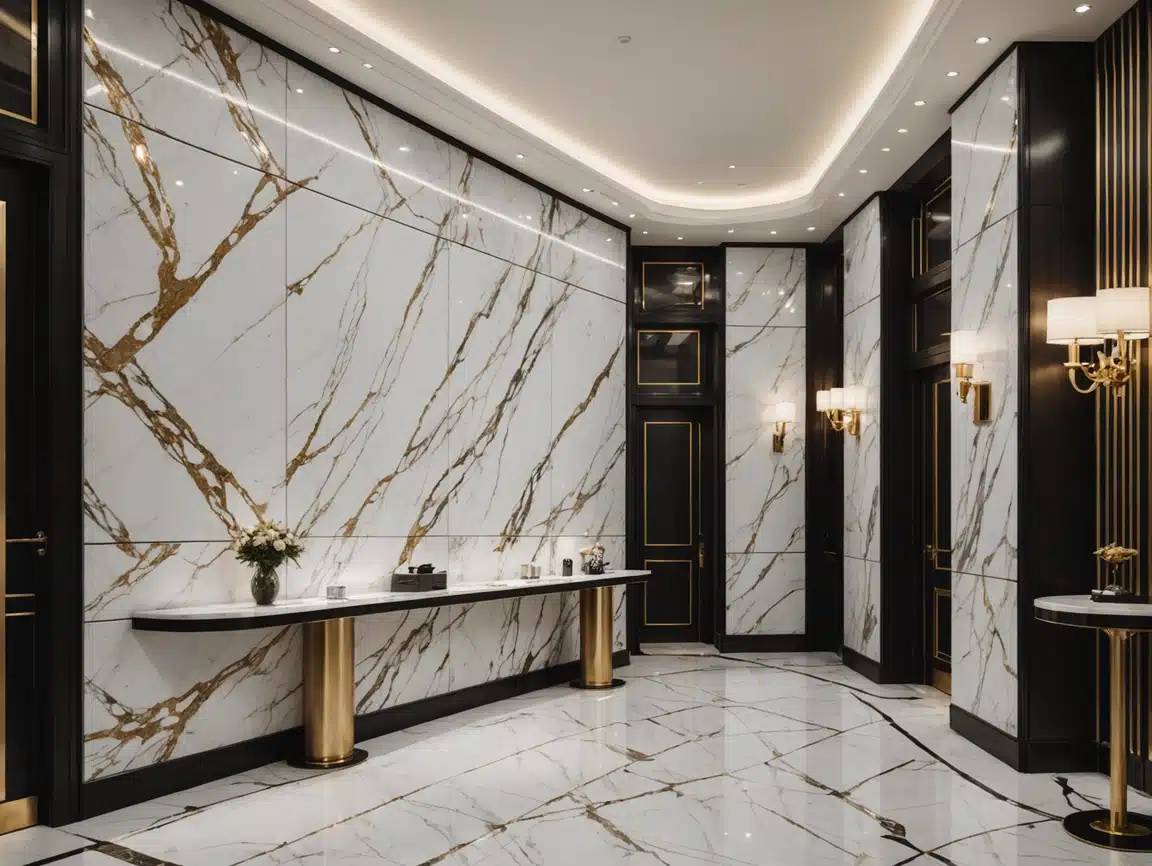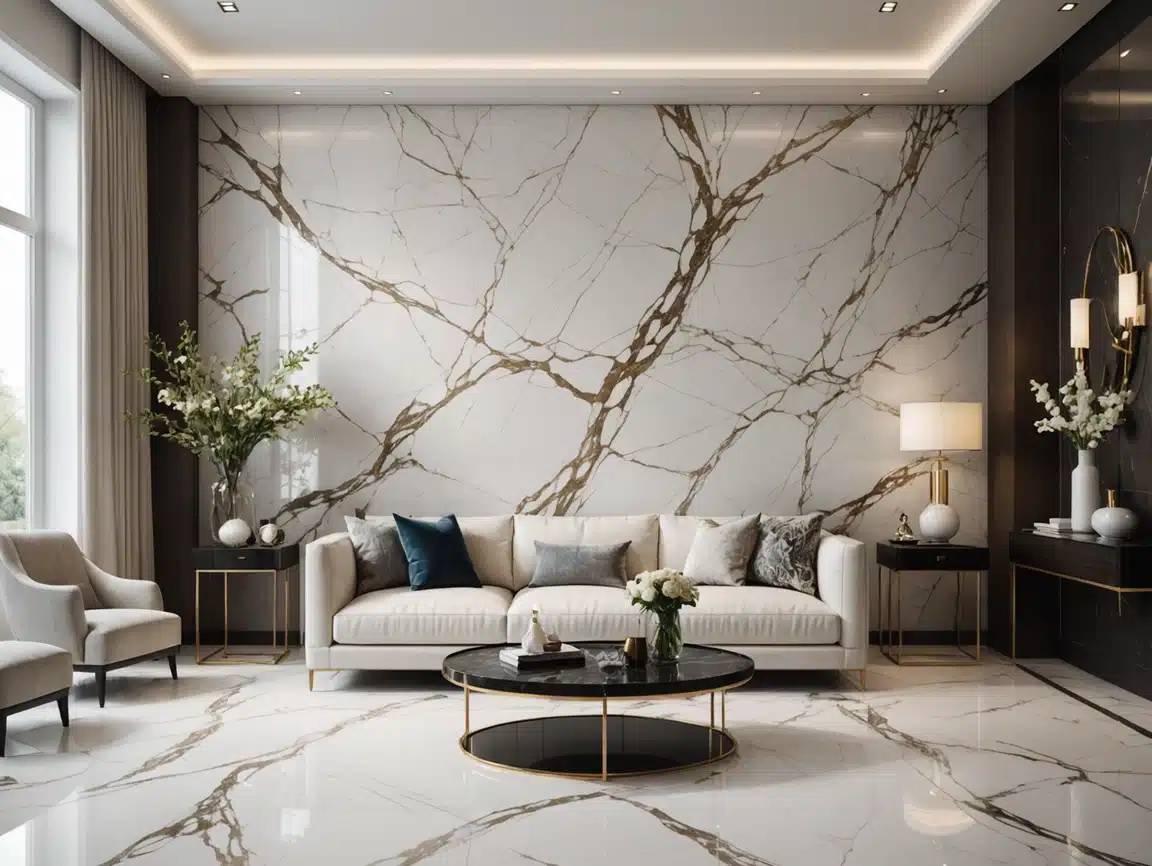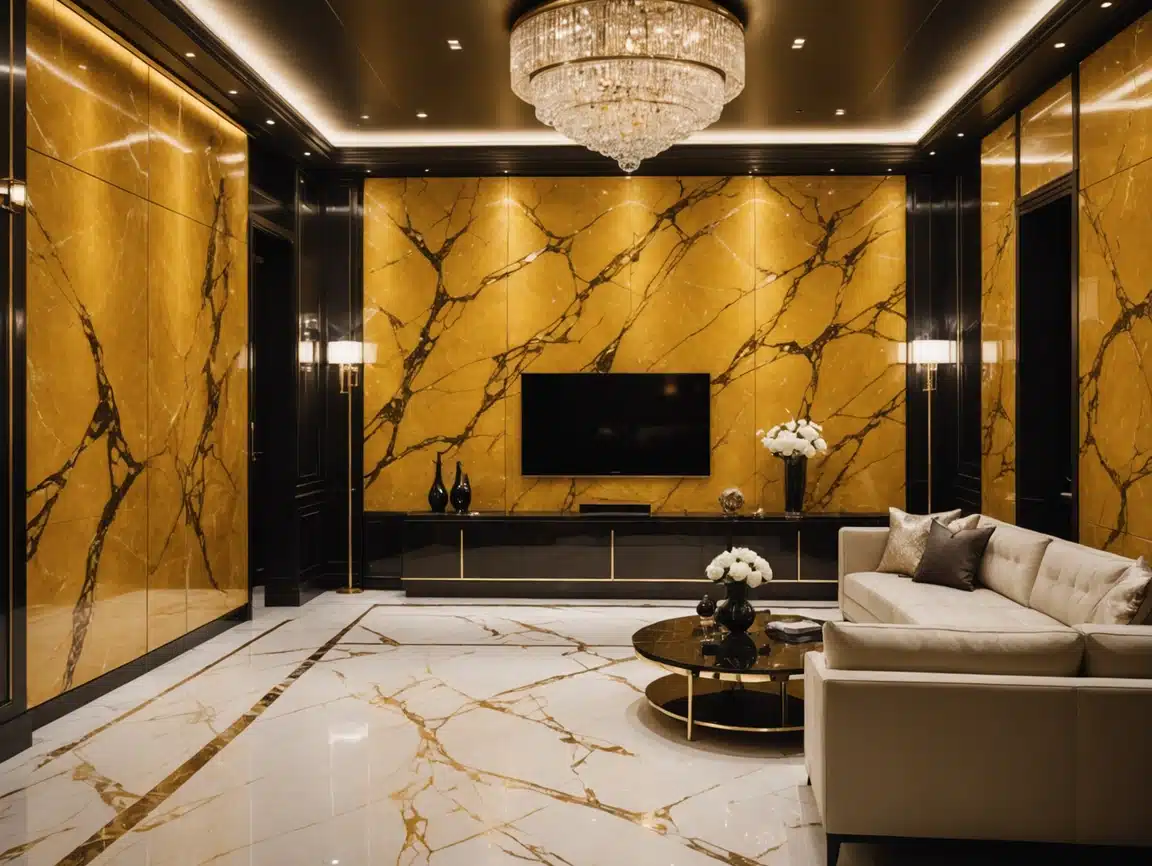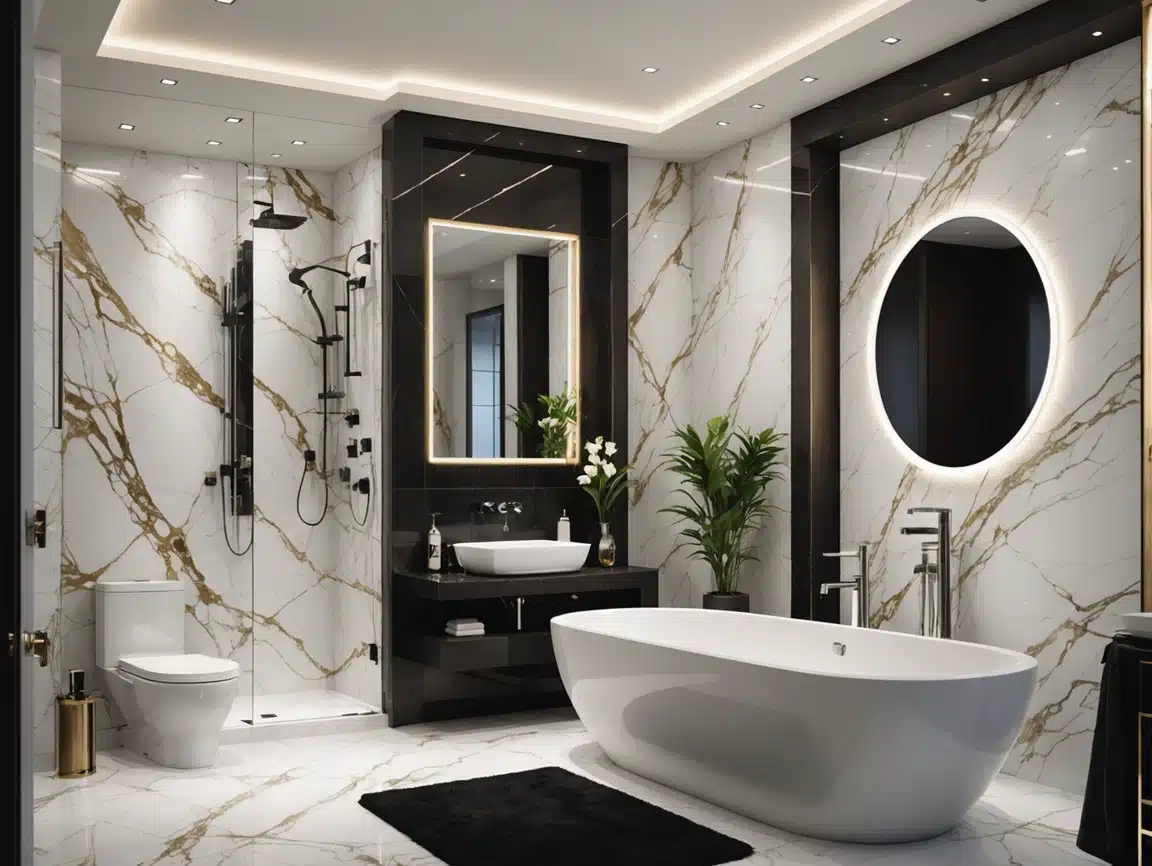How to Join Wall Paneling for Interior Home
How to Join Wall Paneling Like a Pro: Seamless Techniques for Every Material (2024)
(No Visible Seams • No Buckling • WPC/PVC/PU Stone Solutions)
⚠️ Why 90% of DIY Joints Fail
| Mistake | Result | Witop’s Fix |
|---|---|---|
| Ignoring expansion gaps | Warped panels in 3 months | SmartGap™ clips (0.5mm auto-adjust) |
| Mismatched adhesives | Glue stains/separation | Panel-Specific BondTec™ glue |
| Uneven subwall | Visible ridges | Self-Leveling Track System |
| Wrong cutting tools | Frayed edges | Laser-cut factory edges |
💥 Industry Data: Proper joining extends panel life by 8-12 years (ASTM Testing).
🛠️ Step-by-Step Joining Guide by Material
1. WPC Wall Panels (Wood-Plastic Composite)
1. **Tongue & Groove System:**
- Insert tongue → tap gently with rubber mallet
- **Critical:** Leave 1/8" gap at room ends
2. **ClipLock Hidden Fasteners:**
- Slide clips into panel grooves
- Snap next panel → hides all hardware
3. **Sealing:**
- Apply Witop FlexSeal™ to end joints (not sides) ✅ No Nails Needed: Pressure-locked for thermal movement
2. PVC Marble Sheets (Ultra-Thin)
1. **Butt-Joint Method:**
- Apply BondTec™ PVC Adhesive in zigzag pattern
- Press panels flush → wipe excess immediately
2. **Seamless Finish:**
- Use color-matched filler putty
- Sand with 400-grit → polish with microfiber ✨ Pro Tip: Heat weld joints with PVC rod → invisible bond
3. PU Stone Panels (Heavy Textured)
1. **Rabbet Edge Joining:**
- Overlap pre-cut stepped edges
- Secure with construction adhesive + brad nails
2. **Texture Blending:**
- Apply texture spray across joints
- Stipple with Witop’s Stone Roller™ 📐 Critical Measurements Table
| Scenario | Gap Size | Tool |
|---|---|---|
| Room Corners | 3/8″ | GapGauge™ spacer |
| Between Panels | Hairline (0.5mm) | SmartGap™ clips |
| Around Windows | 1/4″ | Backer rod + silicone |
| Ceiling/Floor | 1/2″ | Covered by Witop SnapTrim™ |
🔥 Fire-Rated Joint Solutions (PU Stone/WPC)
+ Use Class B1 Fire-Rated panels
+ Seal joints with intumescent caulk (expands in heat)
+ Install metal backing at seams (code requirement) 🚒 Compliance: Passes UL 723 flame spread test
🌡️ Temperature-Proof Joining Techniques
Problem: Panels expand/contract → visible gaps
Witop Solutions:
- WPC Panels:
SmartGap™ clips allow 0.4mm seasonal movement - PVC Sheets:
Install at 65°F (18°C) ±5° → minimal movement - Outdoor Cladding:
Use Expansion Cap molding at transitions

🧩 Corner & Transition Mastery
1. Inside Corners:
- Cut panels at 45° → leave 1/8" void
- Fill with color-matched silicone → tool smooth 2. Outside Corners:
- Install Witop’s Pre-Fab Corner Caps
- Snap-lock design → covers raw edges 3. Material Transitions (e.g., WPC to Tile):
- Use T-Molding Profile
- Glue one side → floating clip on other 💰 Cost-Saving Pro Tips
- Order Factory-Prepped Edges:
- 0.20/linearftvs.1.50 DIY cutting
- Bulk Buy Joint Kits:
- Witop’s 100-ft Clip Pack: 45(vs.1.15/ft retail)
- Rent Tools:
- Track Saw + Gap Kit: $35/day
⏱️ Time Comparison: DIY vs. Witop System
| Task | Traditional Time | Witop System |
|---|---|---|
| 20-ft Straight Wall | 3.5 hours | 55 minutes |
| 4-Corner Room | 6 hours | 2.2 hours |
| Material Transition | 90 minutes | 15 minutes |
❓ Top 3 Joining Questions
How to join curved walls?
✅ Use Witop Flexi-PVC → heat-bend with hair dryer
Best method for ceilings?
✅ WPC ClipLock → gravity-assisted locking
Can I join wet and dry areas?
✅ Yes! Use Expansion Cap + 100% silicone
[📥 Download Witop’s Joint Calculator Tool]
“PU stone panels with ClipLock stayed seamless through Chicago’s -20°F winter!”
– Mike, Professional Installer
Free samples
In recent years, composite products have become more and more popular all over the world. We believe you will also be interested in this new material. If you are interested, you can come to consult us. We have a professional service team that can not only answer any questions you may have but also provide you with free samples. Let you better understand the composite products. There is no doubt that composite wall panels will be the new future.
Share

James is a content creator and decorator with five years of experience designing home decor. In his daily life, james is constantly on the lookout for the latest, great examples of house design and further optimizes his solutions. Additionally, he writes articles related to outdoor design, interior design, and architectural decorating materials to help brands build more engaging relationships with their audiences.




